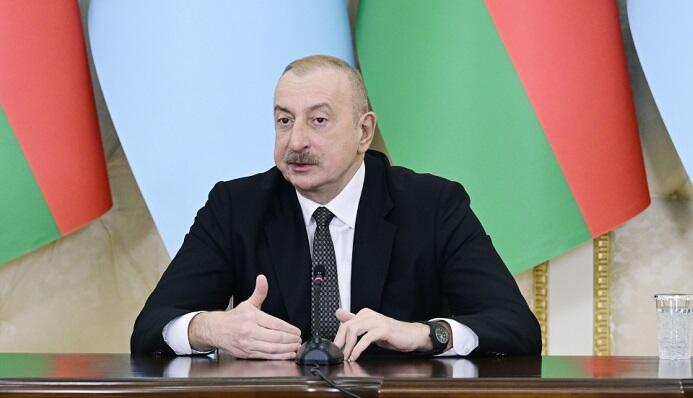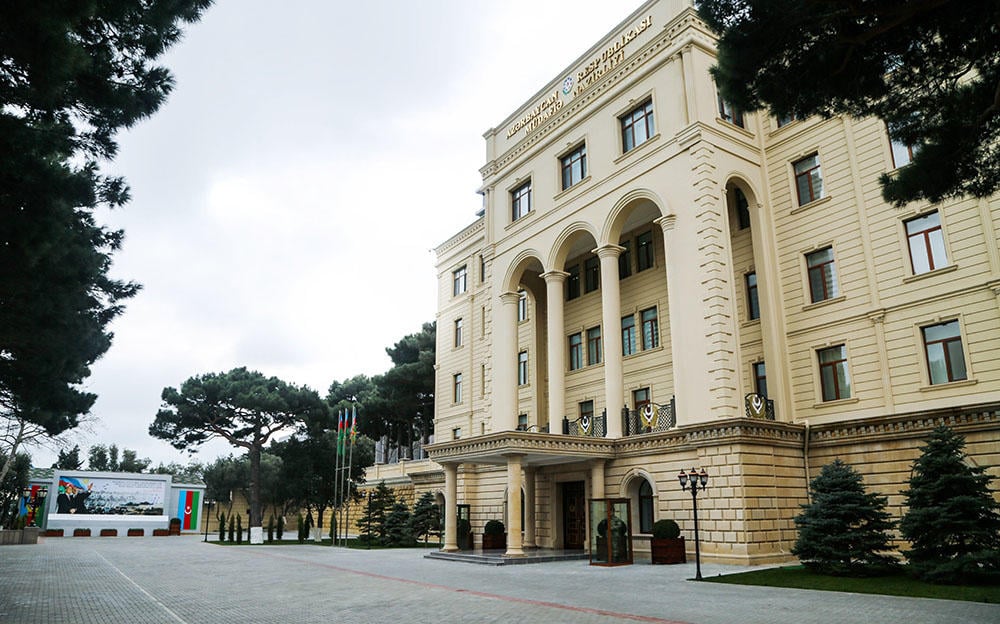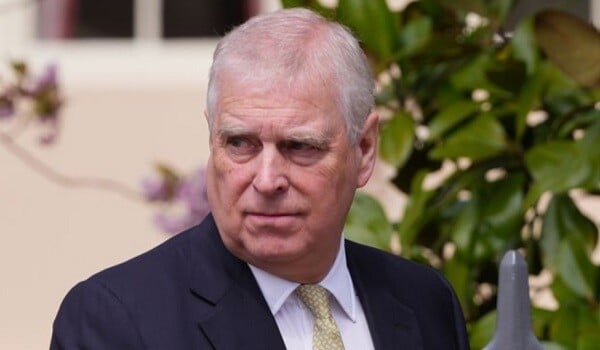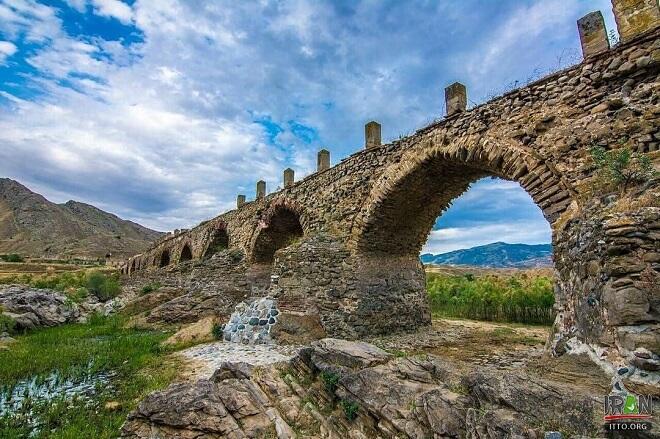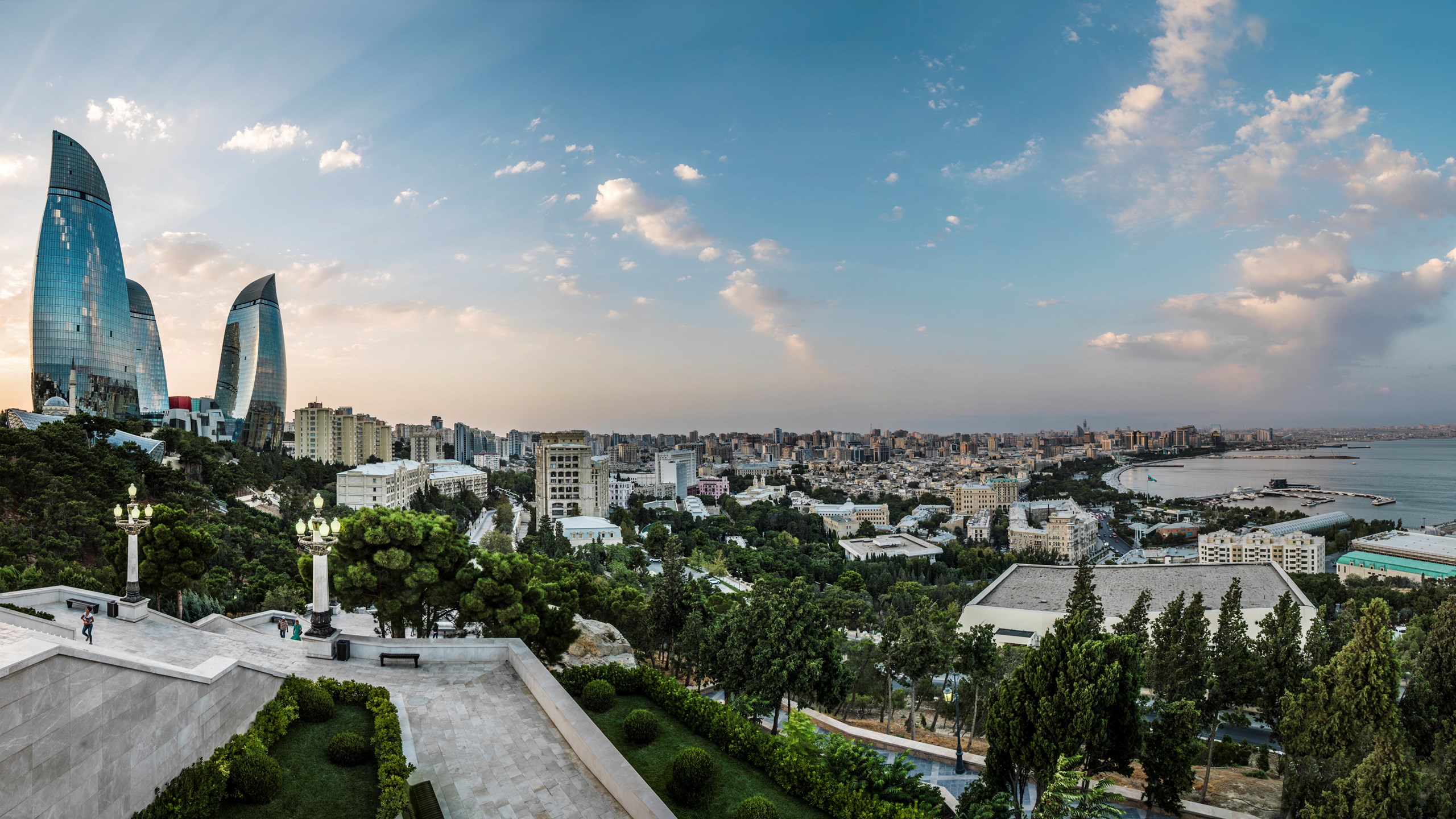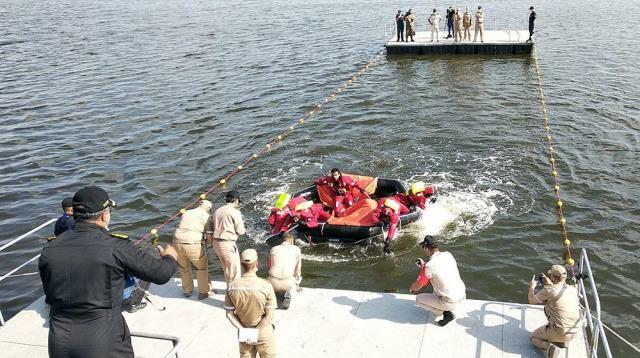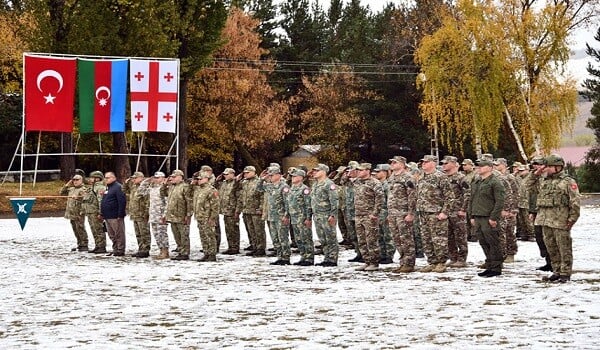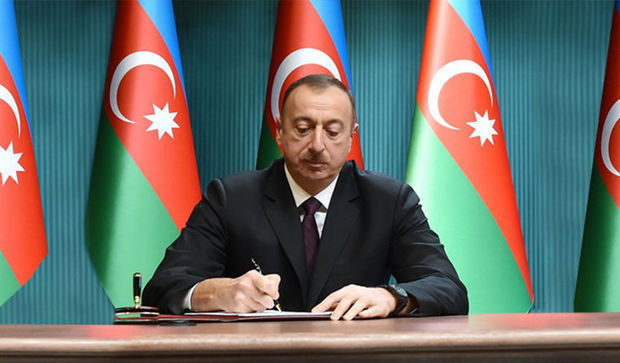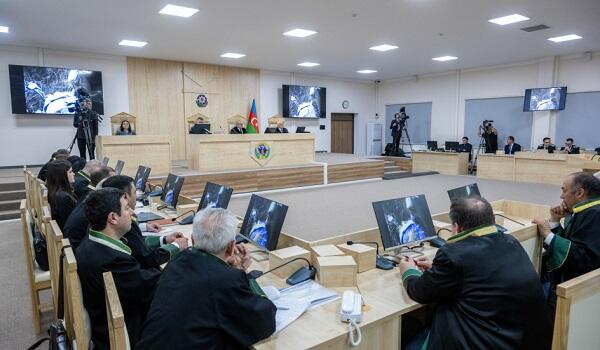Today, October 18, marks five years since the Khudaferin Bridge, located on the Araz River in the Jabrayil region, on the Azerbaijani-Iranian border, was cleared of Armenian invaders.
Axar.az reports that on October 18, 2020, along with the Khudaferin Bridge, two more settlements in Jabrayil - the villages of Hajili and Haji Isagli - were liberated from the invaders.
It should be noted that the 11-arched Khudaferin Bridge, built in the style of the Azerbaijani architectural school, is the remains of a bridge dating back to the 11th-12th centuries, located on the Araz River on the Iran-Azerbaijan border. The bridge is built of stone and covered with large, well-hewn stone slabs.
Researchers believe that it was rebuilt in the 13th century, during the rule of the Elkhanids (Hulakulys), on the remains of an ancient bridge. The bridge is about 130 meters long, six meters wide, and 12 meters high above the river level. Currently, three middle arches have survived, while the coastal arches were demolished by the decision of the USSR in the 1930s.
The 15-arched Khudafarin Bridge dates back to the 13th century. According to Hamdullah Qazvini, it was built in the fifteenth year of the Hijri calendar (639 AD) by Bakr ibn Abdullah, a close associate of the Prophet Muhammad. Since the supports of the bridge arches are built on natural foundations - rocks, the spans are of various sizes and freely arranged. The bridge, built of baked bricks and river stones, is about 200 meters long, 4.5 meters wide, and its greatest height above the river level is 12 meters.


